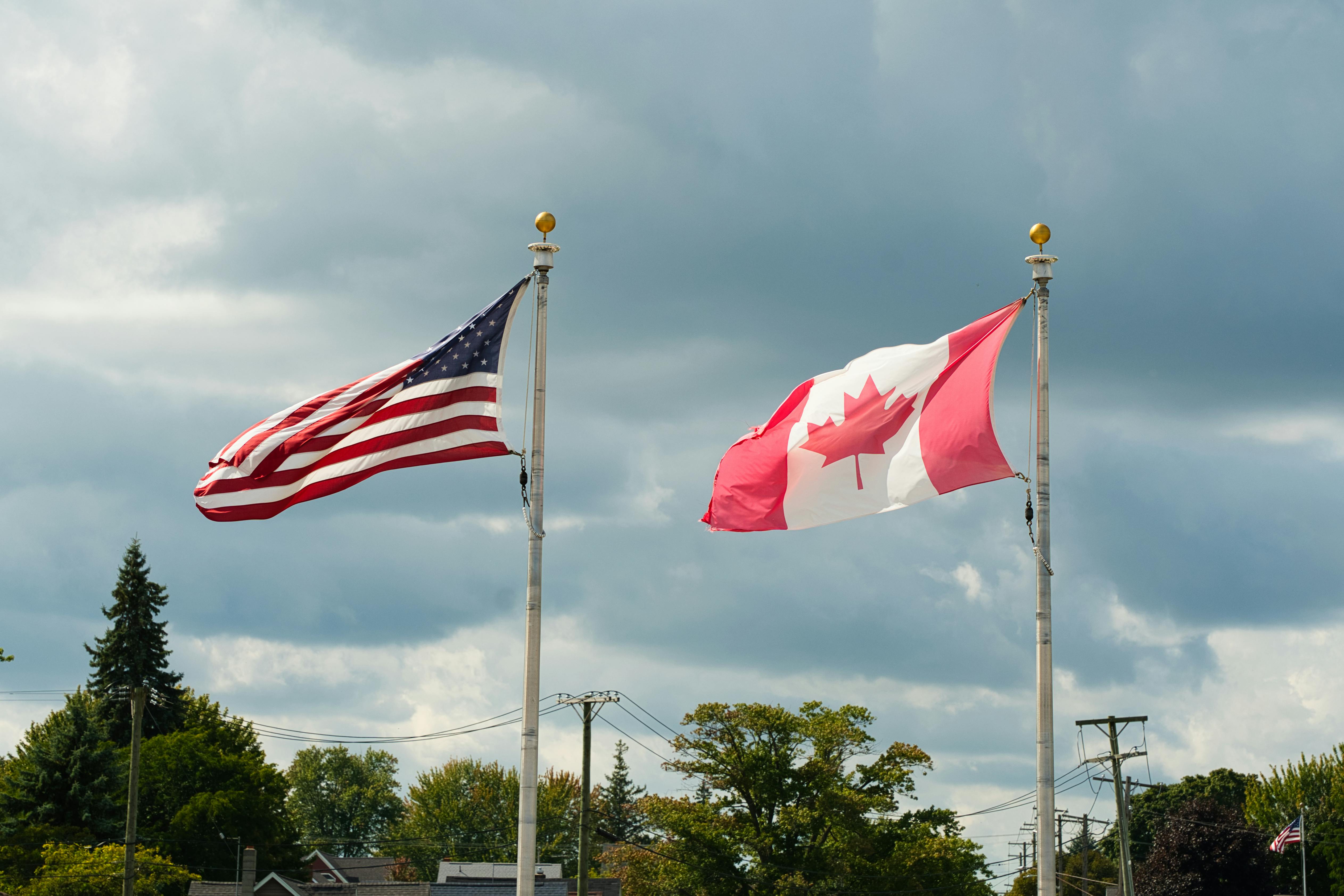Business Leaders In The Spotlight: Can Canada Break Free From U.S. Economic Influence?

Canada has long depended on the United States as its primary trade partner, with over 70% of its exports heading south. However, recent developments, including former U.S. President Donald Trump’s push for steep tariffs on Canadian goods, have exposed the vulnerabilities of this reliance. In response, Prime Minister Justin Trudeau has summoned business leaders to discuss strategies for reducing economic dependence on the U.S. and diversifying trade partnerships. As Canada navigates this shift, the business community’s role is crucial in determining the country’s economic future.
Canada’s Dependence on the U.S. Market
The economic ties between Canada and the U.S. run deep, solidified through agreements such as the North American Free Trade Agreement (NAFTA) and its successor, the U.S.-Mexico-Canada Agreement (USMCA). These arrangements have facilitated trade but also made Canada highly susceptible to U.S. policy changes. Industries such as energy, automotive, and agriculture rely heavily on American consumers, leaving Canada vulnerable to trade disruptions, tariffs, and political instability in Washington.
Trudeau’s Call to Action
Recognizing the risks of overdependence on a single market, Trudeau has convened top business leaders to discuss a path forward. The government’s objectives include:
Encouraging businesses to explore alternative international markets.
Strengthening domestic industries to reduce reliance on U.S. imports.
Introducing incentives for companies that expand their global reach. By mobilizing the private sector, Trudeau aims to shift Canada’s economic strategy toward long-term stability and resilience.
Business Leaders’ Response and Strategy
Key industries have begun exploring options for diversification:
Energy: Companies are looking at Europe and Asia as potential markets for oil, natural gas, and renewable energy projects.
Manufacturing: Canadian firms are assessing partnerships with European and Asian companies to reduce dependency on U.S. supply chains.
Technology: The tech sector is expanding into global markets through partnerships and foreign investment initiatives.
Agriculture: Farmers are seeking new trade deals with Asian and Middle Eastern countries to mitigate the risks of U.S. tariffs.
Despite the push for diversification, challenges remain. Many businesses have built extensive supply chain relationships with U.S. companies, making a shift to new markets complex and costly.
Alternative Trade Partnerships and Economic Shifts
Canada has already taken steps to strengthen trade relationships beyond the U.S.:
Comprehensive and Progressive Agreement for Trans-Pacific Partnership (CPTPP): Expands access to markets in Asia and the Pacific.
Comprehensive Economic and Trade Agreement (CETA): Provides Canadian businesses with greater access to the European Union.
Bilateral Deals: Canada is negotiating agreements with Latin American and African countries to further diversify exports.
Additionally, the government is investing in domestic industries such as clean energy, artificial intelligence, and advanced manufacturing to ensure long-term economic independence.
Potential Risks and Roadblocks
Despite these efforts, Canada faces several challenges in reducing its reliance on the U.S.:
Economic Disruptions: Shifting supply chains and trade routes take time and could lead to short-term economic instability.
Political Tensions: A move away from U.S. dependence may strain diplomatic and economic relations with Washington.
Business Resistance: Many companies are deeply integrated into U.S. markets and may resist the costs associated with expansion elsewhere.
Conclusion
Breaking free from U.S. economic dependence is a complex but necessary move for Canada’s long-term stability. Trudeau’s call to action signals a strategic shift, but success will depend on businesses embracing new markets and the government implementing supportive policies. While challenges exist, a diversified trade strategy could position Canada as a stronger, more resilient player in the global economy. The coming years will determine whether this transition is feasible and how effectively Canada can carve out an independent economic future.
Author: Ricardo Goulart
The Self-Destructive Nature Of Anti-Tourism Protests: Balancing Resident Concerns With Tourism Benefits
In recent years, anti-tourism protests have become increasingly common across popular tourist destinations. From the Bal... Read more
Military And Strategic Implications Of The Ukrainian Drone Attack In Kursk
On a recent morning, the Kursk region in south-western Russia witnessed an unexpected and significant event: a Ukrainian... Read more
Chinese Tech Stocks Gain Ground Despite Wall Street Technology Sell-Off
Chinese tech shares in Hong Kong gained on Friday, defying a technology stock sell-off on Wall Street, driven by strong ... Read more
Defense Pact Between Britain And Germany: A Focus On Cybersecurity And Joint Operations
In a move set to redefine European defense collaboration, Britain and Germany have signed a comprehensive defense pact a... Read more
US Secret Service Director Steps Down After Trump Assassination Attempt
Security lapses admitted by Kimberly Cheatle prompt resignation.Kimberly Cheatle, the head of the US Secret Service, has... Read more
Kamala Harris Promises A Brighter Future In Official Campaign Launch
In a vibrant and impassioned campaign launch, Vice President Kamala Harris vowed to lead America toward a "brighter futu... Read more

